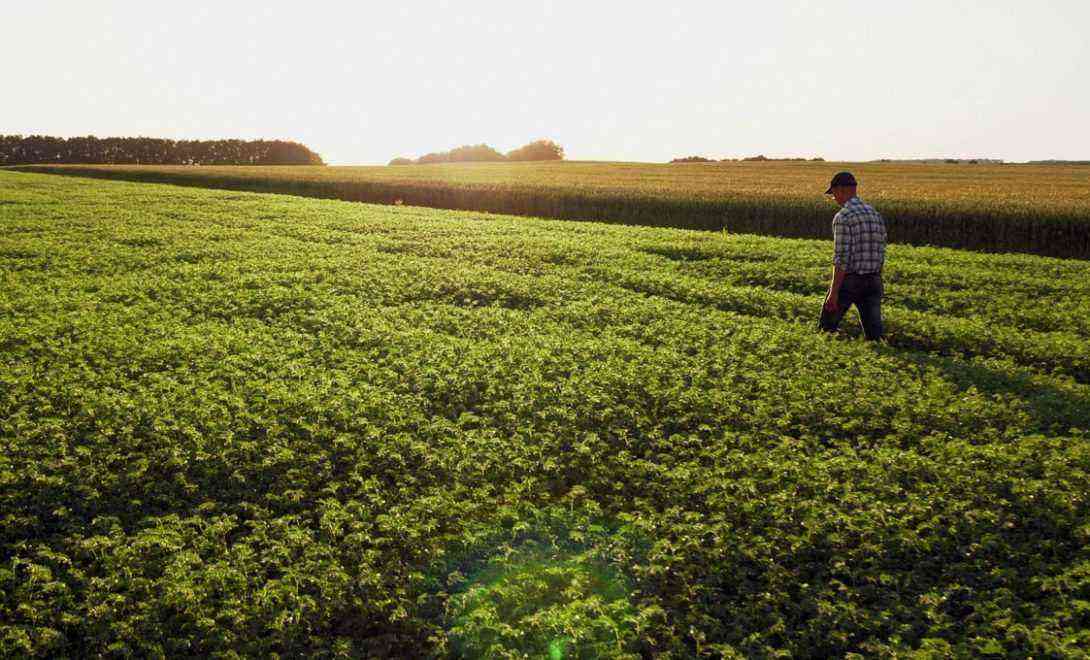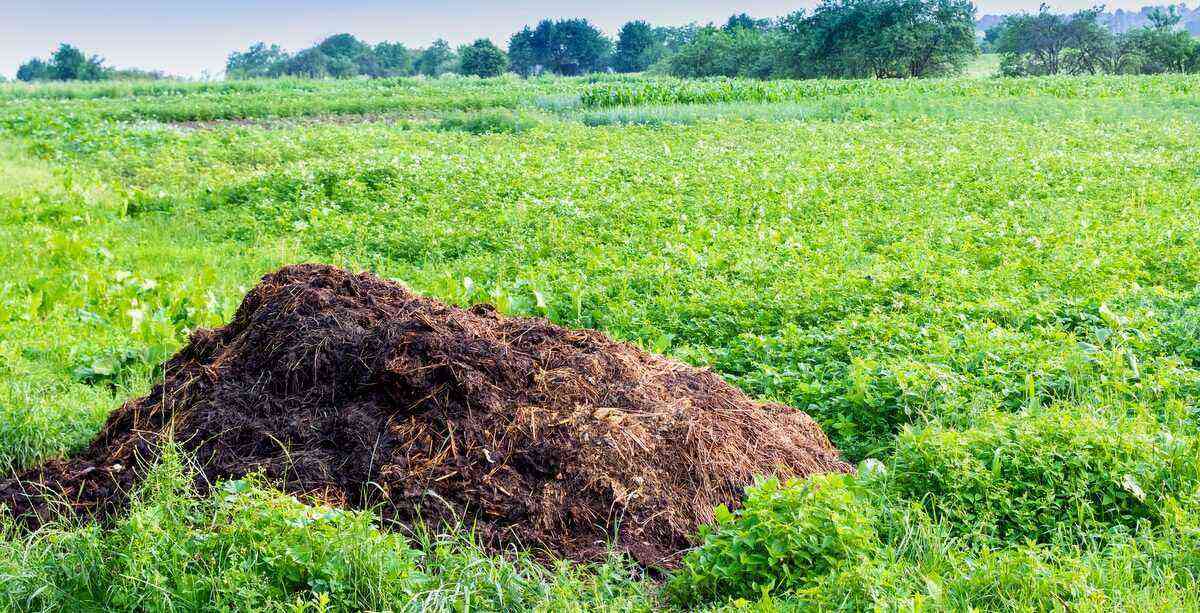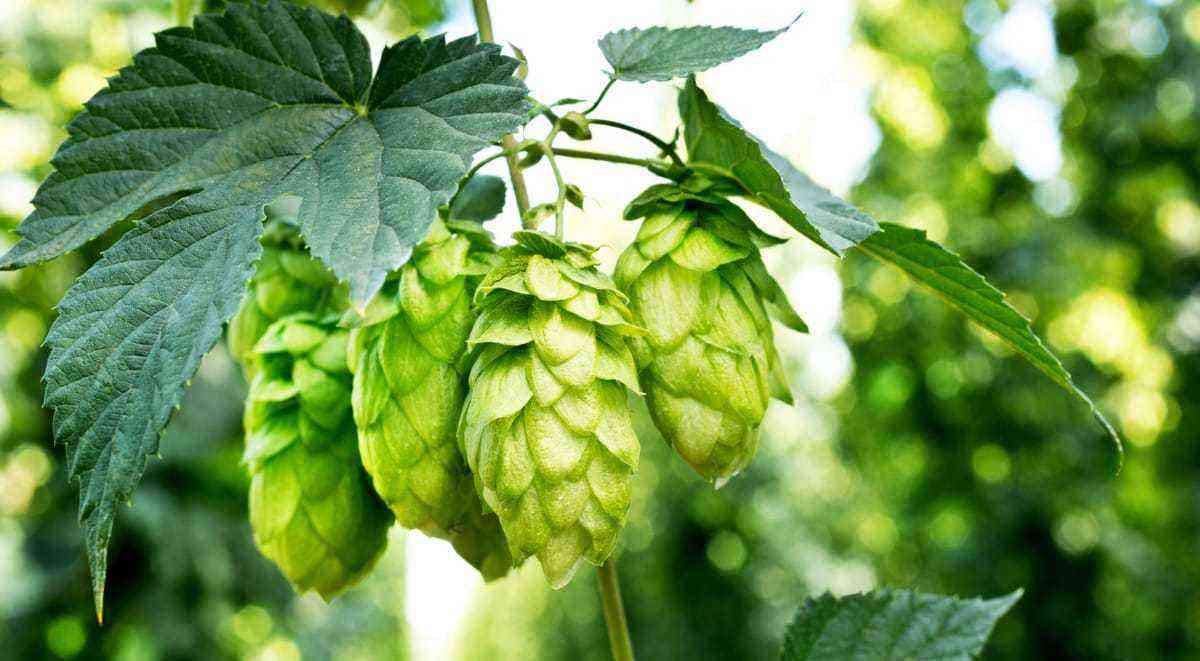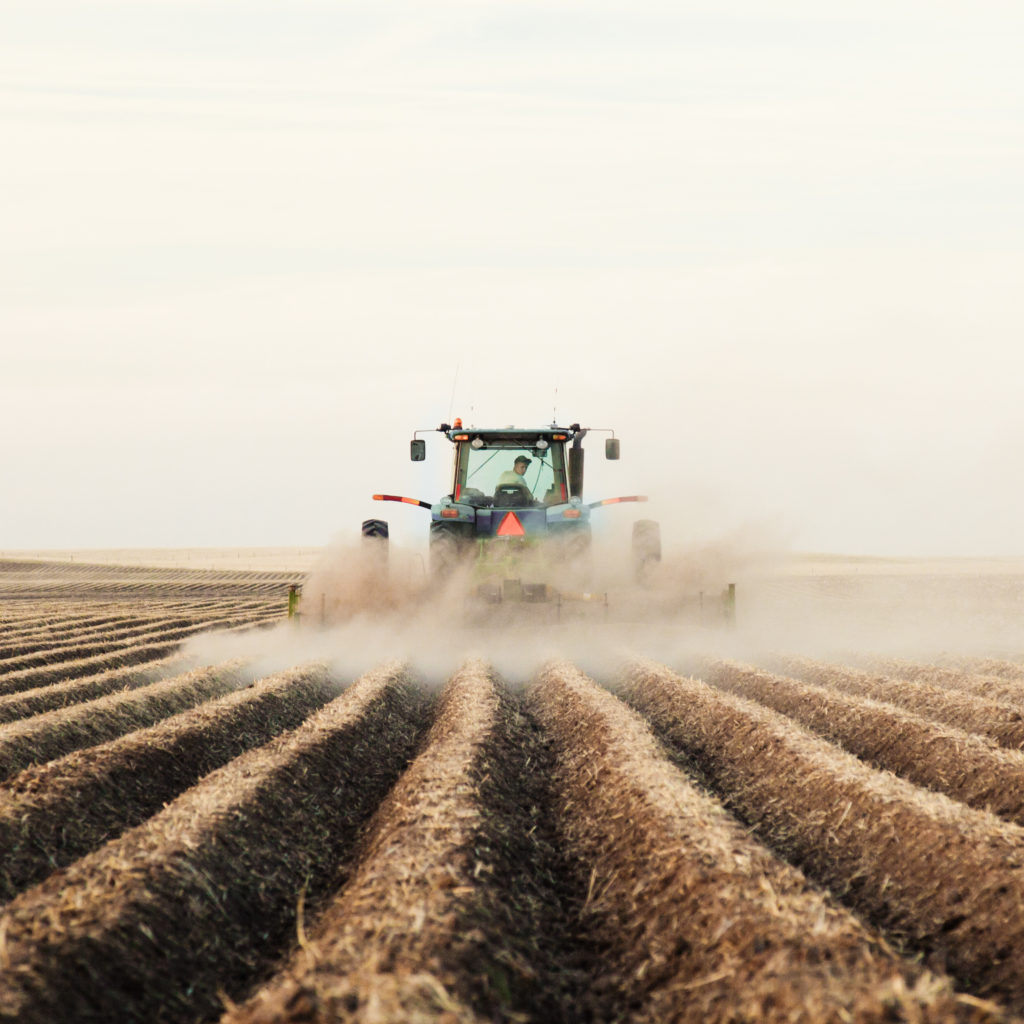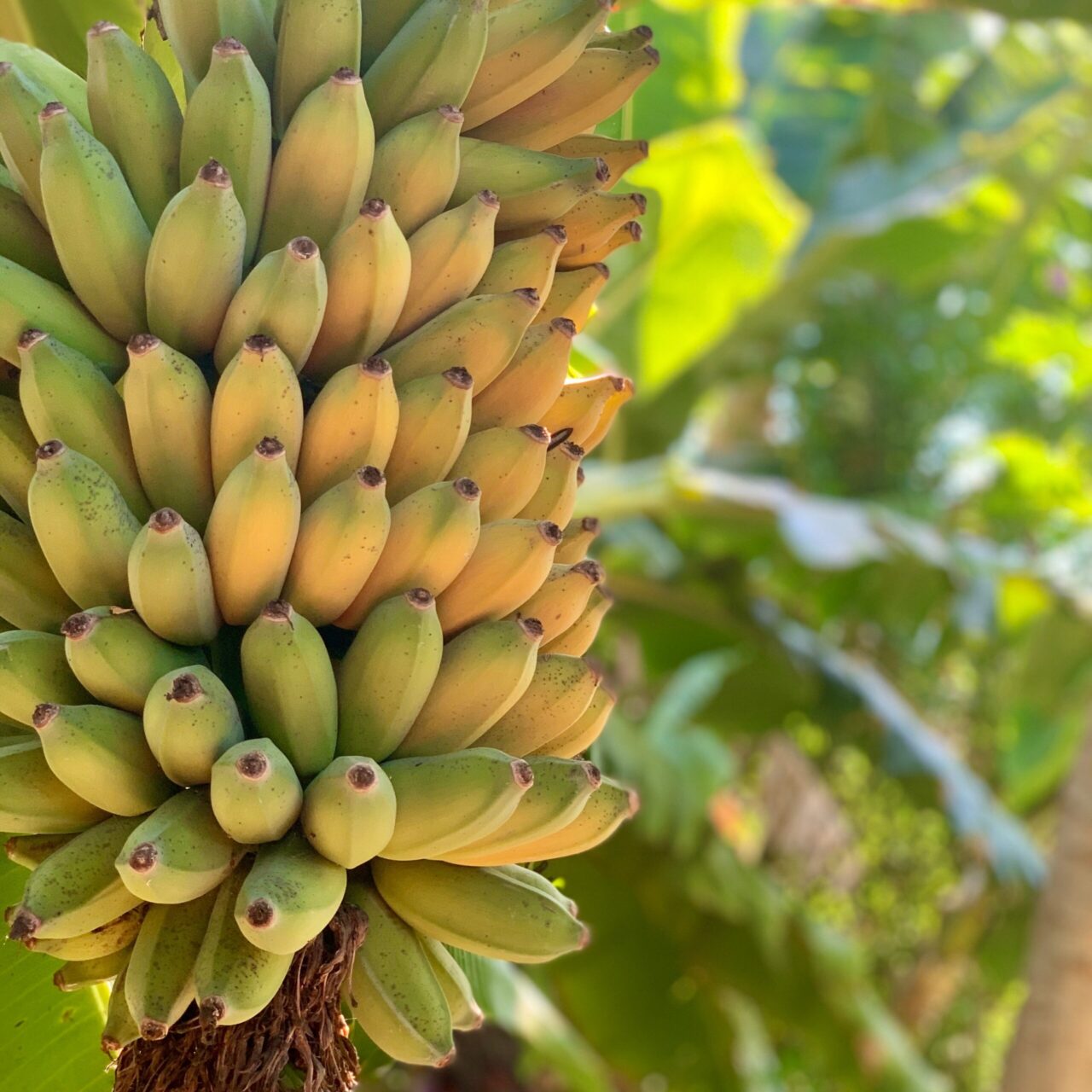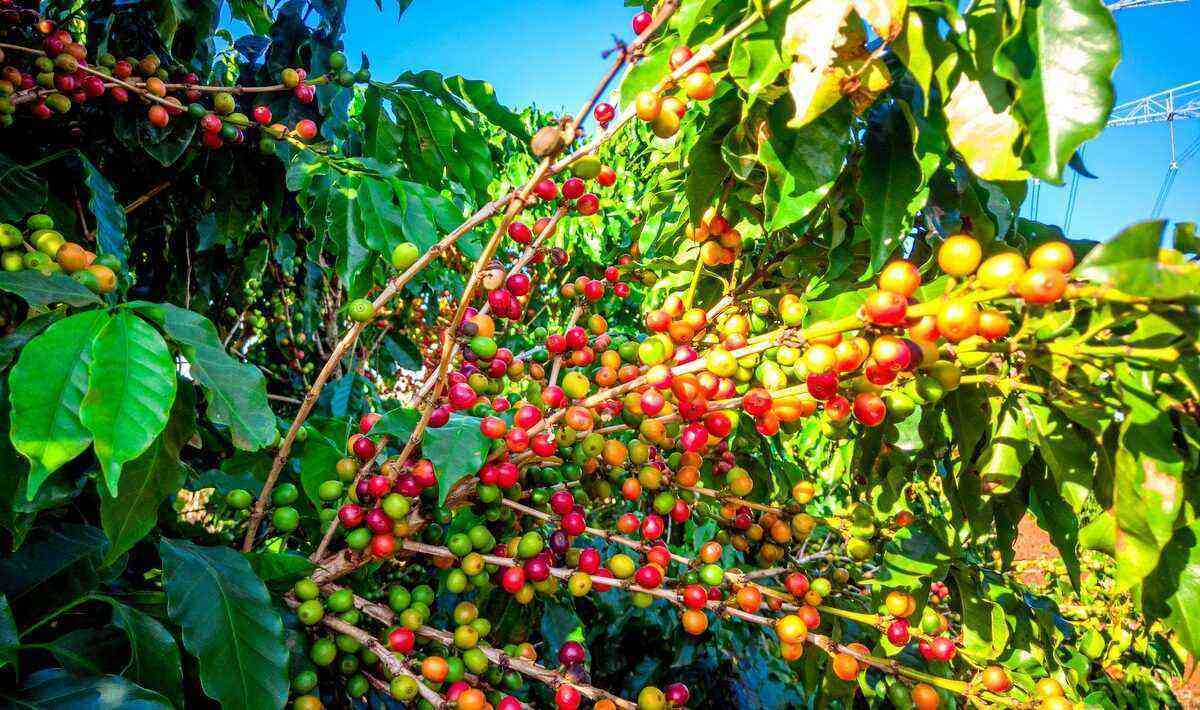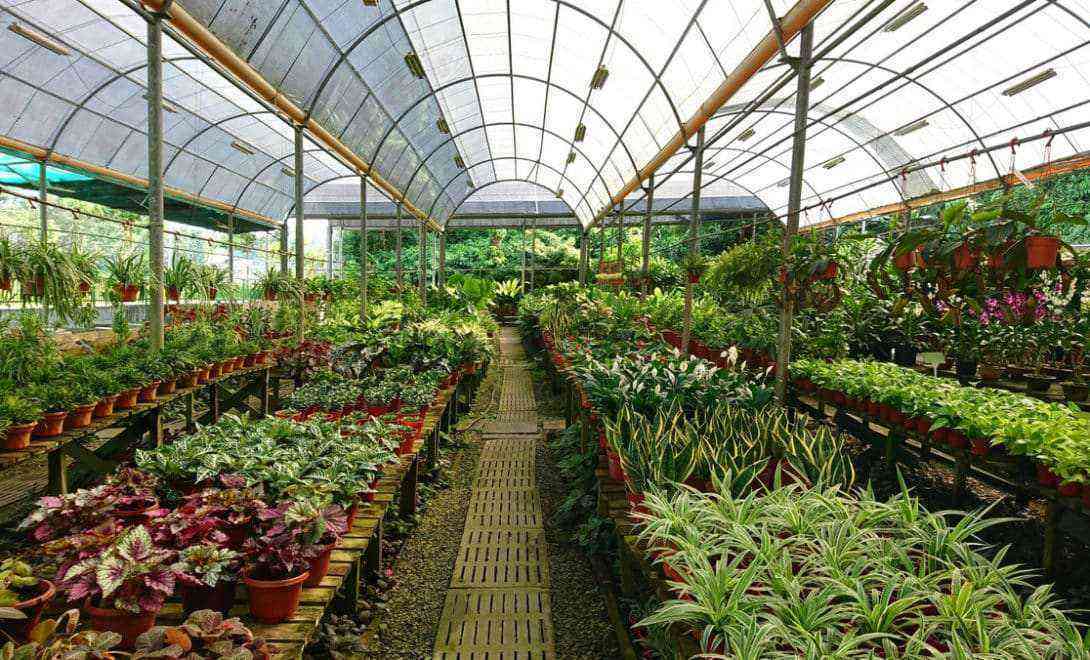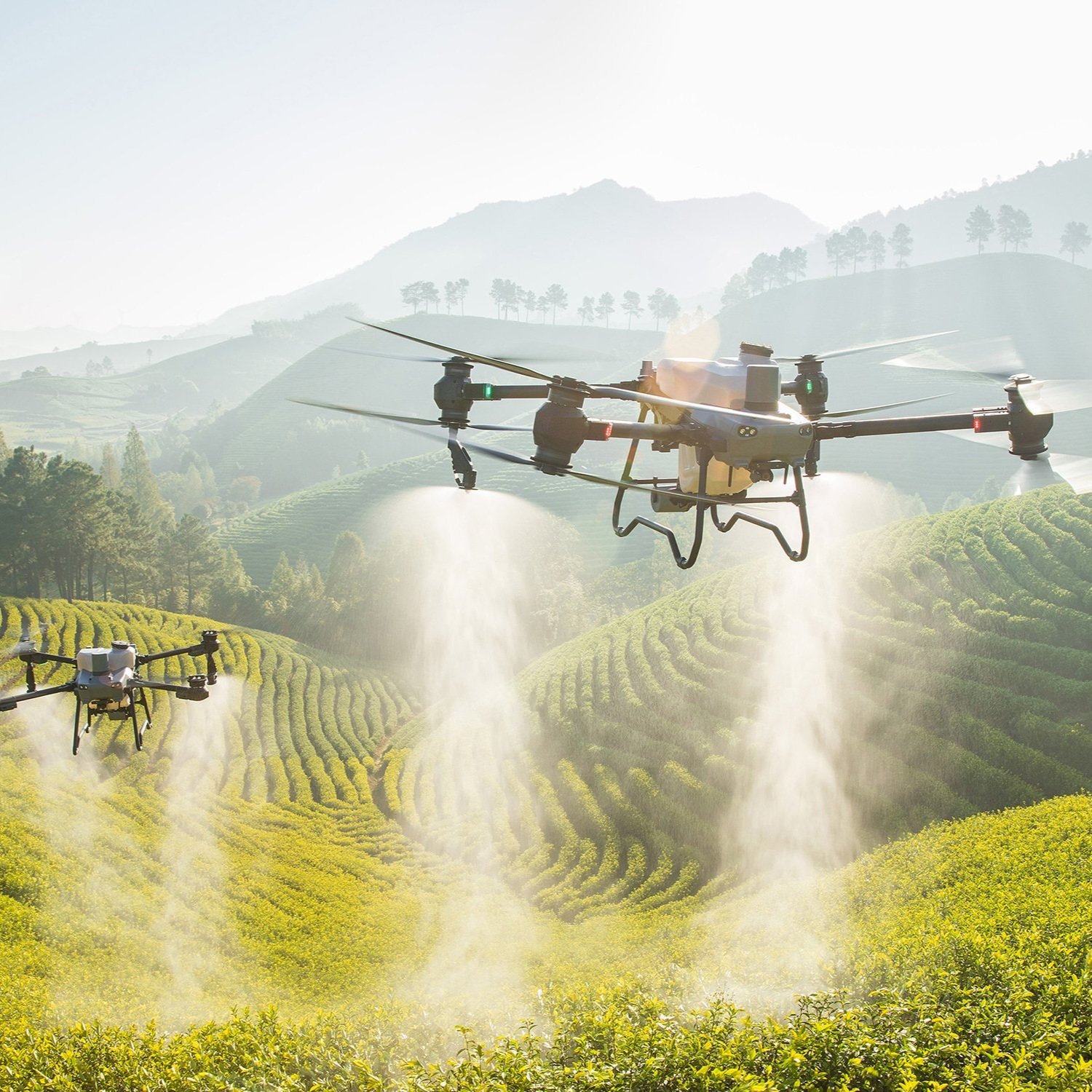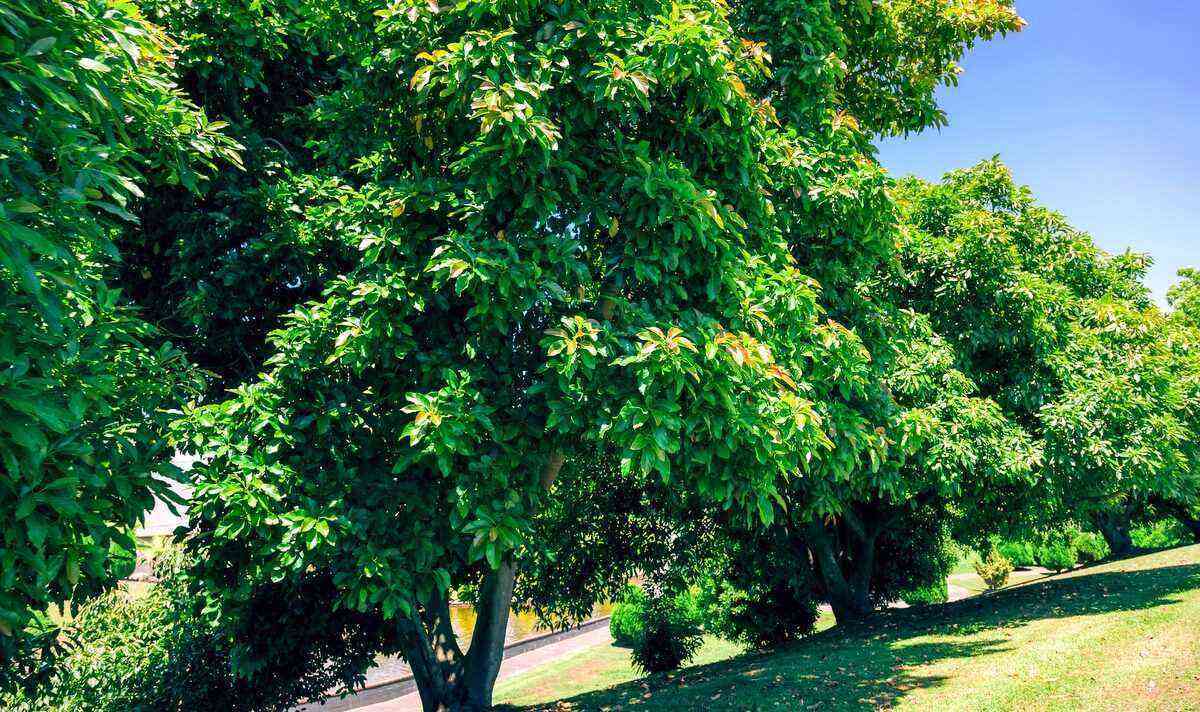Forestry is responsible for around 10% of exports from the agribusiness sector in Brazil, supplying the market with more than 5 products and by-products, and employing 3,7 million Brazilians.
Do you want to better understand this area and its economic, social and environmental importance? Then this post is for you. Enjoy!
What is forestry?
The word silviculture comes from Latin and means “forest cultivation”. It is the area of knowledge that deals with the technical management of forests, their management, aiming at the production of wood and other by-products, to meet the demand of society and at the same time preserve the environment and biodiversity.
Management must be guided by methods that allow for the formation, management, protection, exploitation and regeneration of forests. In other words, forestry is the science responsible for monitoring the growth and development of forests, aiming to meet market needs without impacting the ecosystem. It can be divided into classical and modern forestry.
A classical forestry takes care of the handling of natural forests, with a view to the use of its products, but with restrictions determined by the need not to harm the natural stability of the ecosystem.
It seeks to define the moment and the correct way to extract what is necessary from the forest with maximum efficiency and without harming the ecological balance. For this, information is needed on the conditions of the ecological site, on the ability of the species to regenerate and grow, and on the intensity of exploitation.
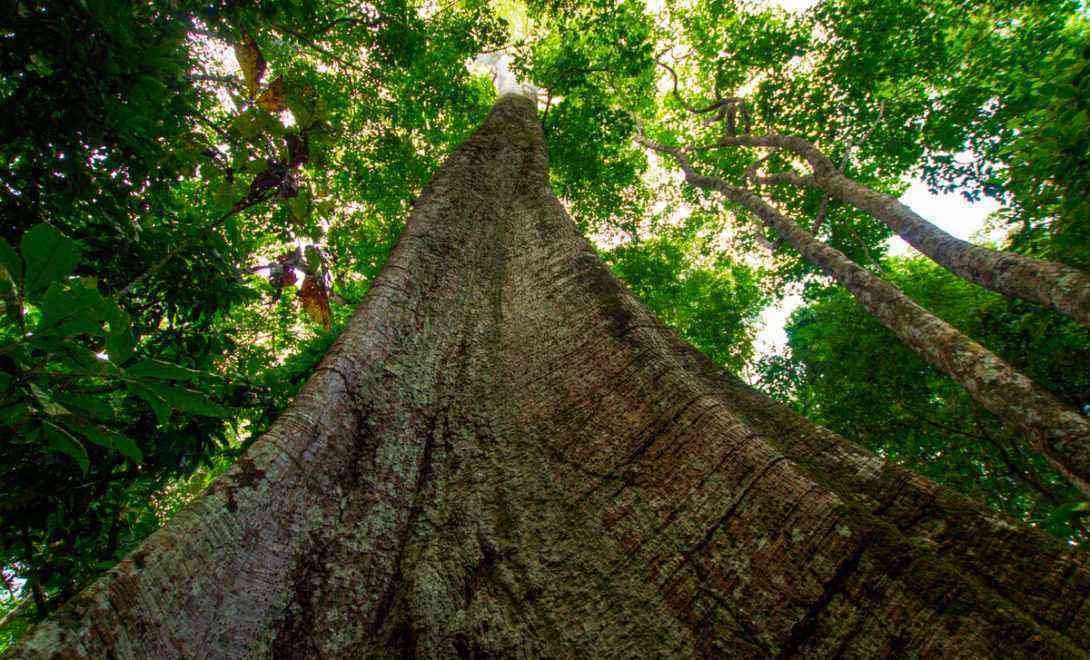 Food products, rubbers, waxes, fibers, essential oils, wood, among others, can be extracted from natural forests.
Food products, rubbers, waxes, fibers, essential oils, wood, among others, can be extracted from natural forests.
Already modern forestry refers to the management of planted forests, which are currently present in more than 9,5 million hectares in Brazil, with 7,4 million hectares planted with eucalyptus, 1,8 million hectares planted with pine, and more than 350 thousand hectares cultivated with other species, such as acacia, rubber tree, teak, araucaria, among others.
The management of planted forests must consider the climate of the place, determine the most suitable species and genetic material, in addition to involving the stages of seedling production, soil preparation, silvicultural treatments and harvesting.
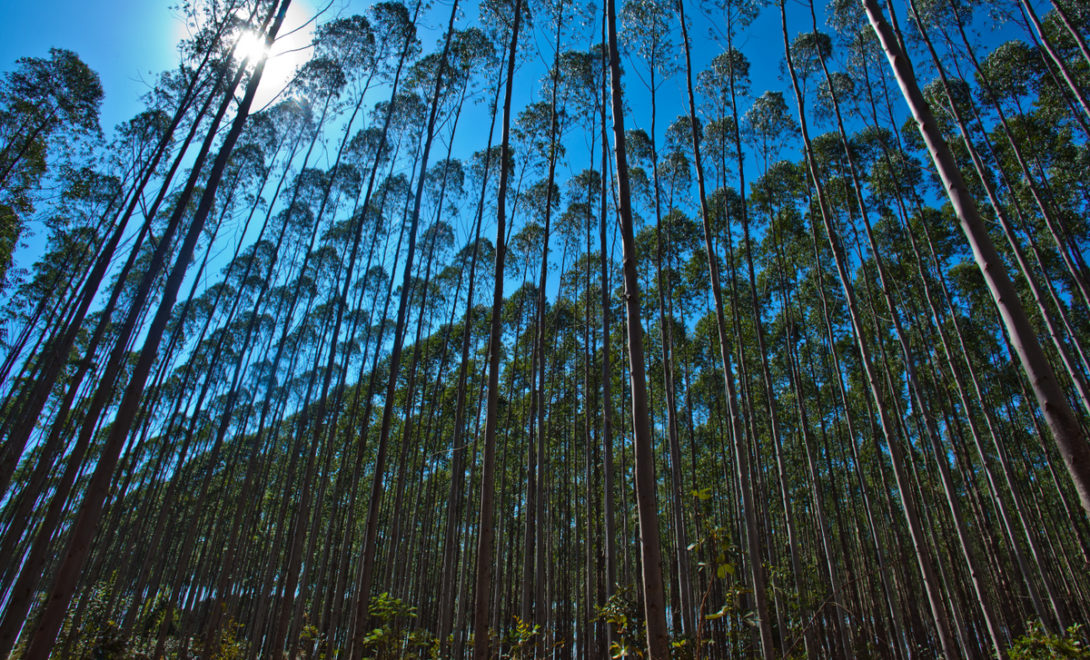 Brazil is the world leader in pulp exploration, in addition to having one of the best eucalyptus and pine yields.
Brazil is the world leader in pulp exploration, in addition to having one of the best eucalyptus and pine yields.
How important is it?
While there is a great demand from society for products of forest origin, forests themselves are the guarantee of human survival on the planet. Therefore, it is necessary knowledge and responsibility when handling it.
From the forests, we extract wood for civil construction, furniture, paper, cellulose, fibers for the manufacture of synthetic fabrics, in addition to resins and essential oils. Furthermore, wood can also be a source of renewable energy in the form of biomass and charcoal.
Wood products are recyclable, biodegradable, and in addition to sequestering carbon from the atmosphere during tree development, they also continue to store carbon throughout their lifespan.
 The production of wood from planted forests leads to greater conservation of natural forests, in addition to providing greater standardization of products.
The production of wood from planted forests leads to greater conservation of natural forests, in addition to providing greater standardization of products.
In this way, the use of certified wood products (legally obtained and produced sustainably) is much better for mitigating climate problems than the use of materials that leave large carbon footprints, such as concrete, steel, aluminum and plastic.
In this scenario, forestry plays an important role, as it is responsible for studying and providing the necessary information for a rational exploitation of forests.
Forestry that provides the technical knowledge for the correct management of planted forests and natural forests, contributing to the reduction of deforestation through the planting of forests for logging, reducing the pressure on native forests, also playing a fundamental role in the process of reforestation.
In addition, as a result of taking care of forests, silviculture also collaborates with the protection of soil and water, and with the reuse of degraded lands.
See, in the video below, how Vietnam managed to develop its forestry, reversing the deforestation process and becoming one of the countries with the largest area of planted and natural forest.
Source: FAO Video.
So, did you like the article? To continue on the subject, also visit our post on eucalyptus wood treatment. Good reading!









